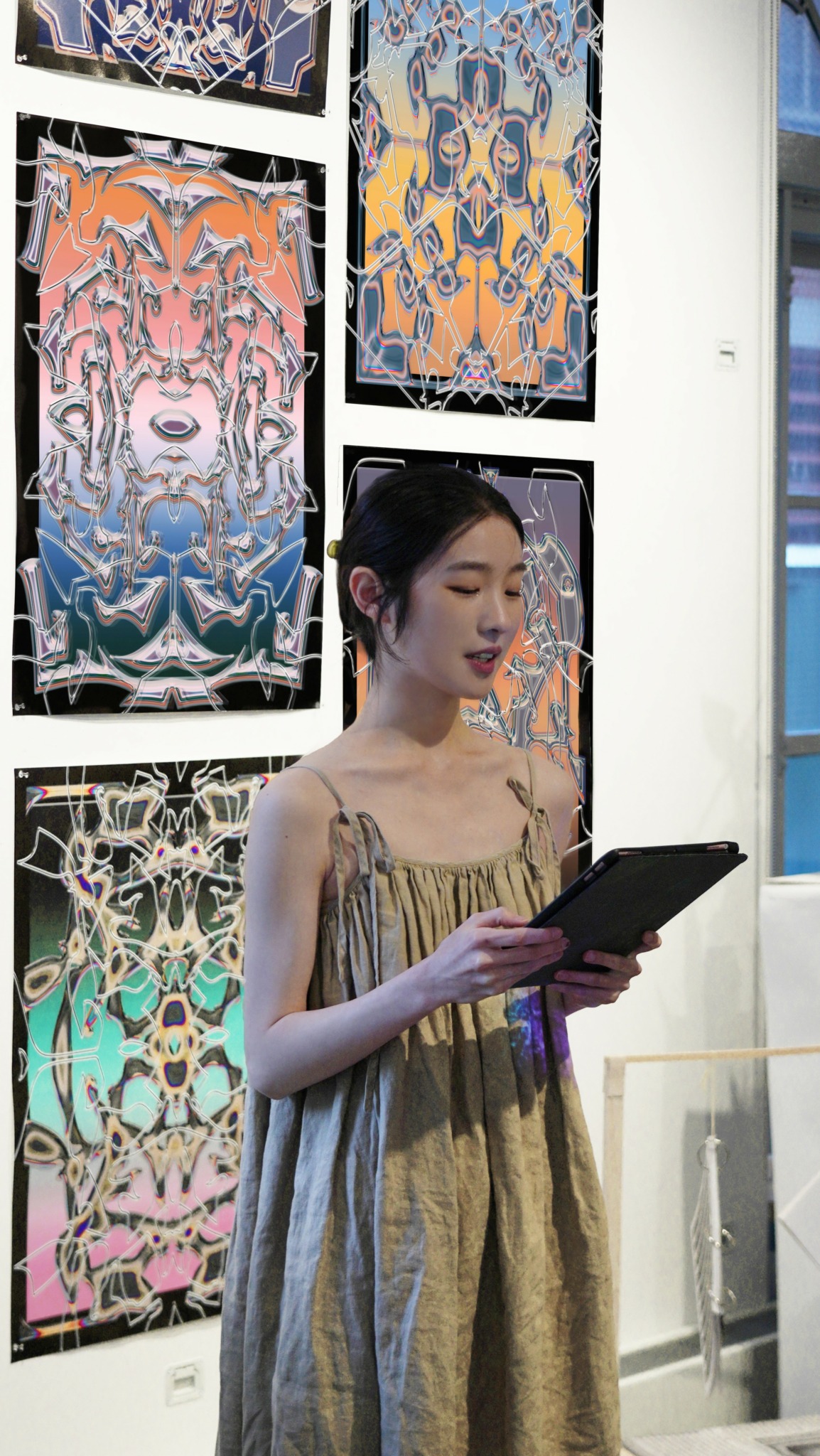We caught up with the brilliant and insightful Mankun Guo a few weeks ago and have shared our conversation below.
Mankun, appreciate you joining us today. We’d love to hear about a project that you’ve worked on that’s meant a lot to you.
I had this wonderful experience studying type design with Professor Richard Lipton during my undergrad studies at RISD. Before moving to the screen, he introduced experimentation with pens as the first step in making a font. Richard had us use broad-nib pens to see how changing the pen’s angle could create different strokes. It is fascinating that when you write an entire alphabet with the same pen and in a consistent way, the letters naturally form a cohesive type family. The traces of that tool leave a unique mark embedded in each letterform, giving it character, unity, and a sense of origin. I believe that anyone can use a unique writing tool to create letters that are unique and consistent while still leaving room for variations.
So why not design some tools?
I initially experimented with a tool called Axis. It is a physical object that requires two people to control the horizontal and vertical movements independently. There are interesting results emerging: the inability of the two individuals to synchronize perfectly resulted in staircase-like curves. Another idea was to use a flatbed scanner as a canvas, and fingers as a pen. Since the scanner’s sensor moves from left to right or the other way around, it is never possible to draw vertical strokes. When making the ‘bowl’ parts, you have no choice but to use two fingers, and the two sides of the ‘bowl’ end up resembling pout lips.
Later, I decided to create online tools to enhance accessibility to the process. Consideration of the input, the output, and the transformation between them is a crucial step in project development. Font editing software taught us a method of interaction: manipulating anchor points leads to reshaping the letterform. While working with anchor points contains much complexity and precise control, my goal was to simplify the inputting process. Therefore, TypeFlexi was born. The system features a based grid that guides the structure of each letter. Users can simply move nine points on the grid to create endless variations.There is also an archive page allowing users to share their creations anonymously. So far, over 100 outcomes have been documented. I never know who the creators are, but it’s absolutely encouraging to see people engaging with the tool and having fun.
I love this entire exploration process because the relationship between designers and audiences has changed. It shifts from a unidirectional creator-receiver relationship to a more dynamic collaboration. As designers, we no longer produce static outcomes; instead, we act as organizers; we structure frameworks for communication.
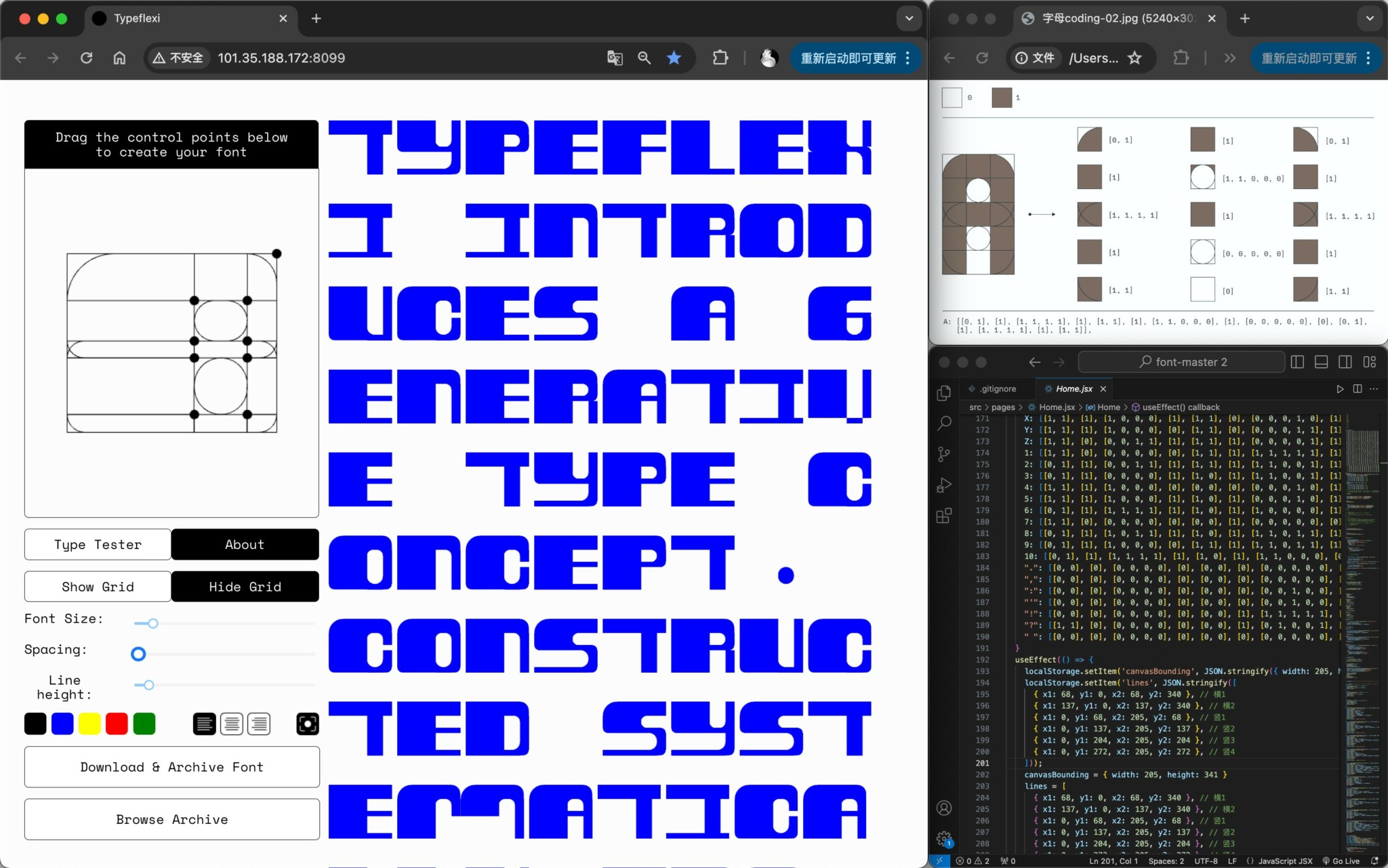
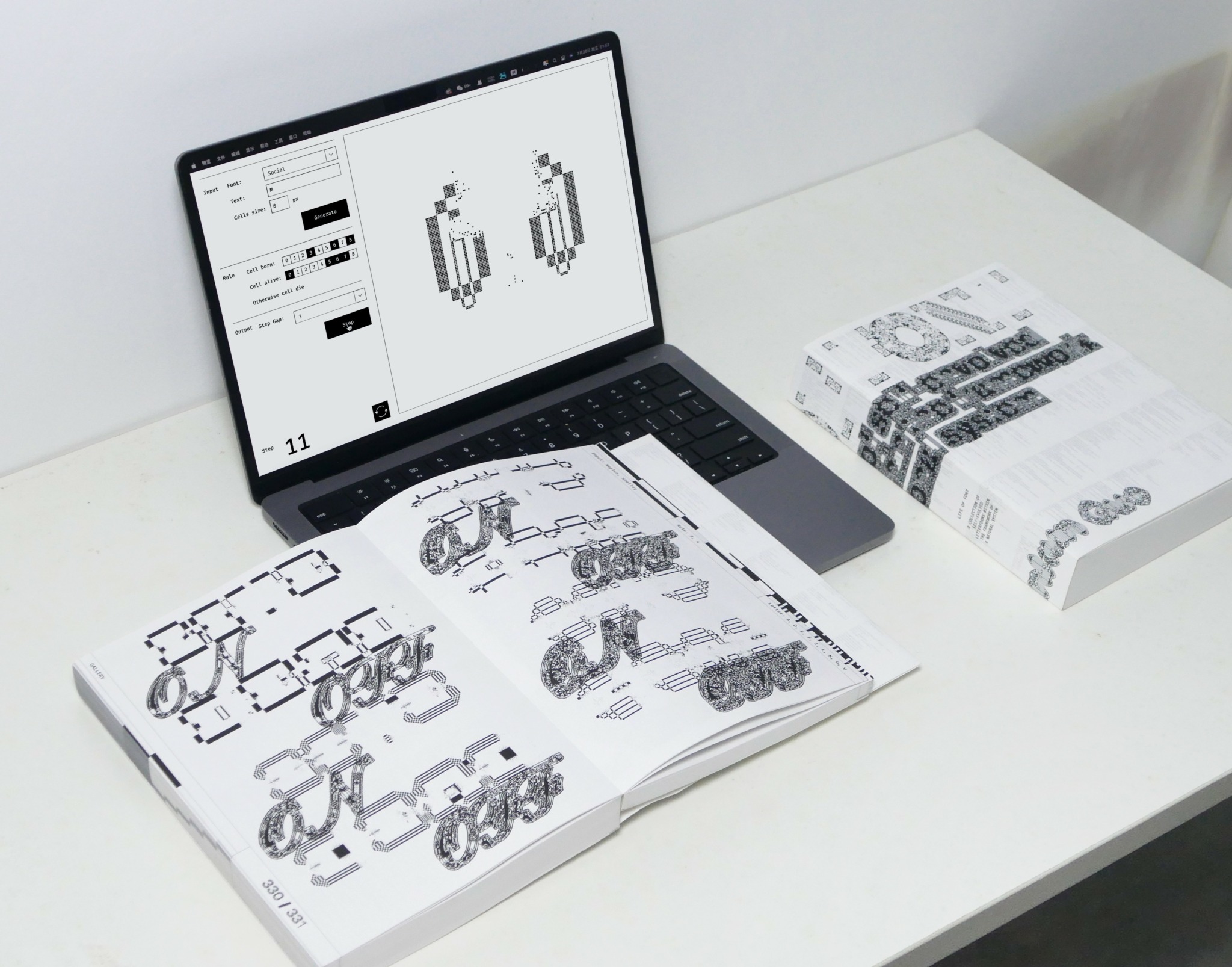
Mankun, before we move on to more of these sorts of questions, can you take some time to bring our readers up to speed on you and what you do?
I entered the creative field as, officially called, a graphic designer, but now I prefer to describe myself as an interdisciplinary designer. I work with creative coding, typography, prints, writing, installation, illustration, motion, and more—I use a wide range of media. I hate being defined by a single medium, especially in today’s world where breakthrough technologies emerge every day. Media for me is merely a vessel for carrying concepts, and the core of my practice is rather building relationships—between people, between people and things.
To build relationships is to establish something ‘in the middle’ and have people react to it, whether behaviorally, emotionally, or intellectually. Unlike languages, the middle is intuitive and non-linear. As a practical example, I worked on the store display design for the Nike FlyEase sneaker series in Shanghai as part of the Royalclub Creative Studio a few years ago. We created prototypes, material samples, and animated simulations to showcase the design concepts behind the final products. We wanted consumers to not only see the appearance, but also to feel the designers’ intentions of caring and providing convenience. This display design was about building connection—we created a space where people could explore and find their own connection to the piece; we found ways to stimulate emotional resonance beyond mere rational appreciation.
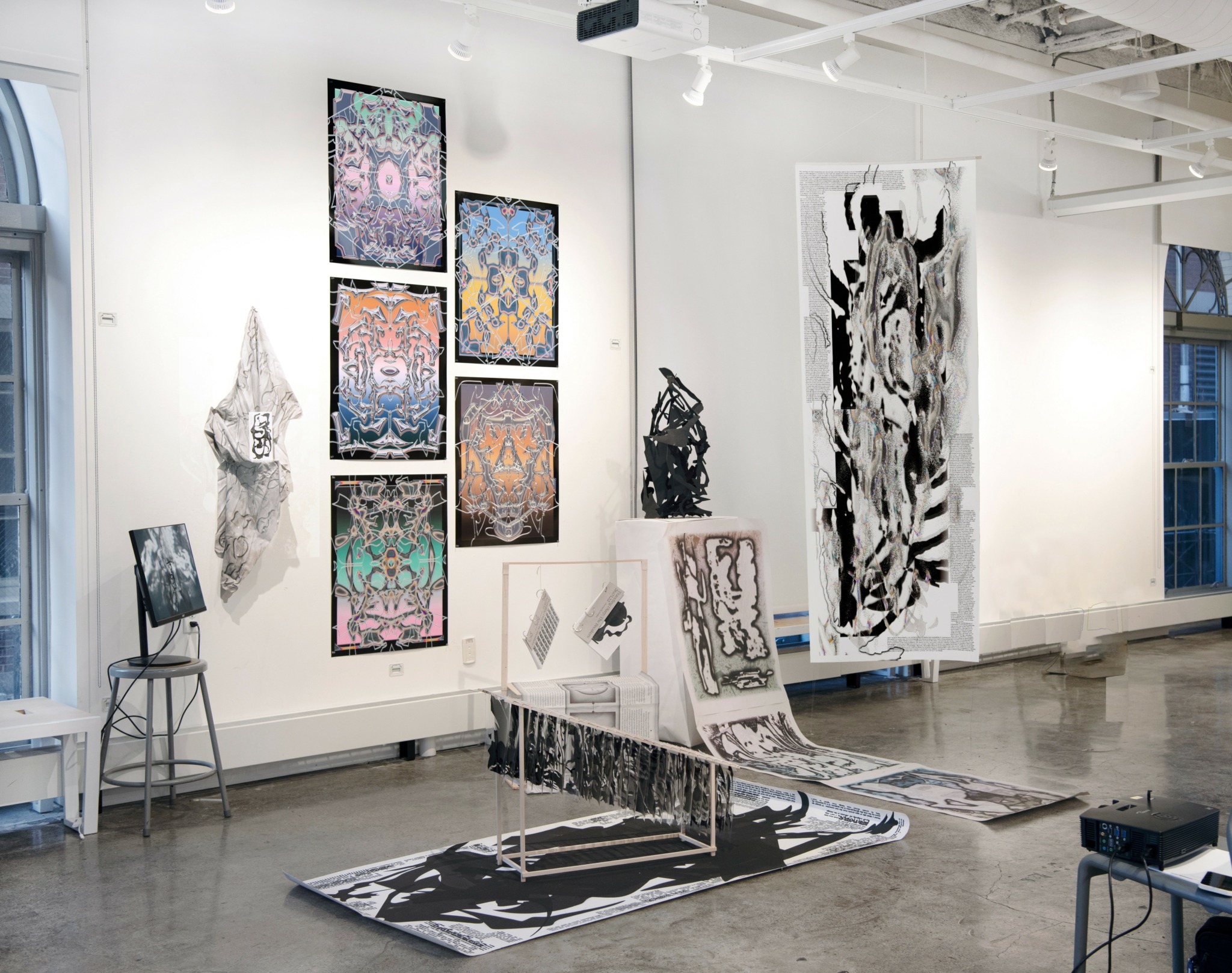
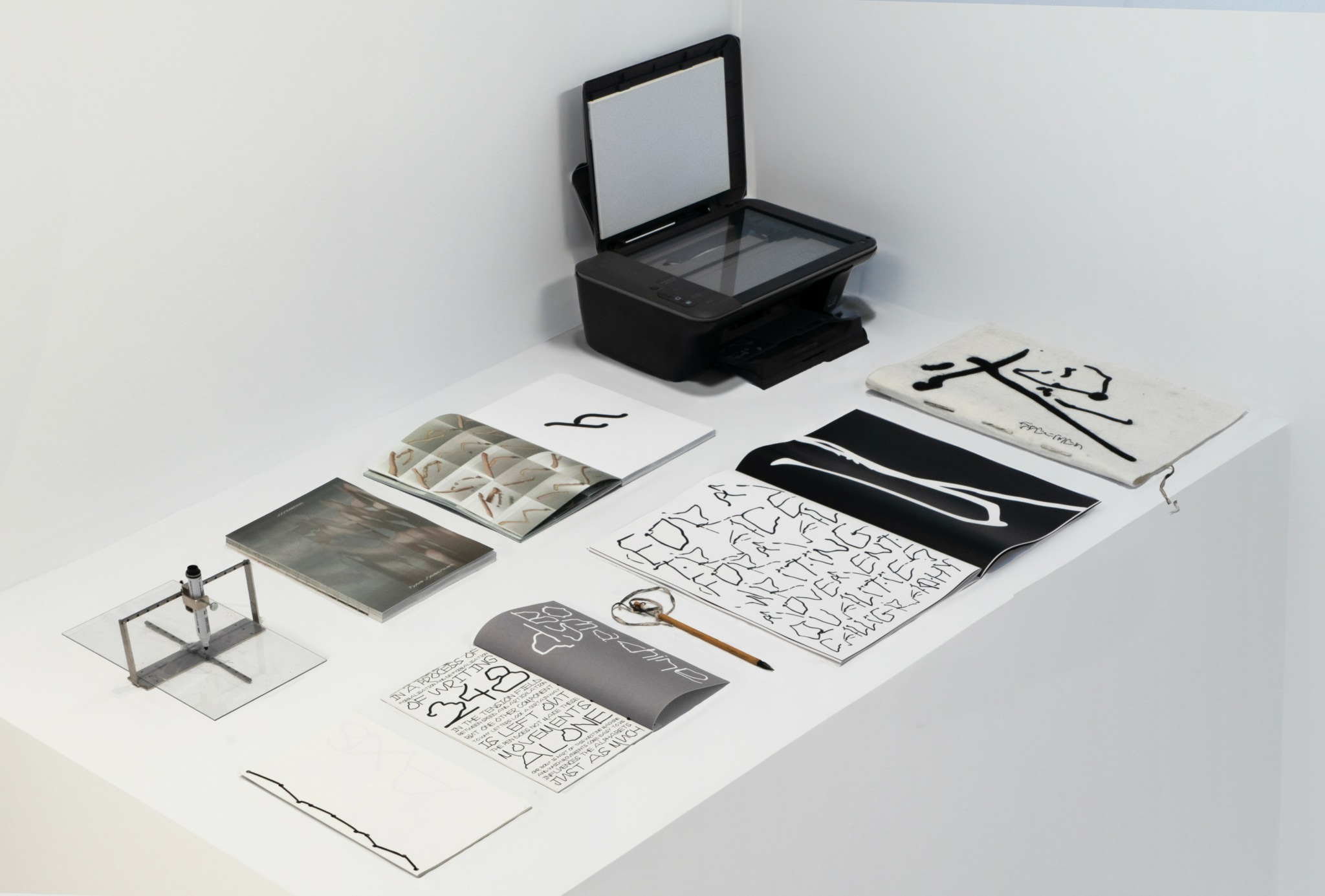
Are there any resources you wish you knew about earlier in your creative journey?
I only started learning programming in my senior year, but I wish I had begun earlier. I had being in fact following artists who worked at the intersection of coding and visual art, like Zach Lieberman. Almost like alchemy—something impractical and hard to grasp, coding to felt elusive, and the fear kept me from digging into the possibilities it offered. Eventually, though, I decided to take the leap.
Surprisingly, I found that the logic behind coding is the same as that of creating visual systems. Coding in turn makes this process more efficient: you can assign different values to variables within a consistent system structure, and these often unexpected variations comes out. Time is an additional variable that can be incorporated by coding. It is perhaps unimaginable in earlier times.
Surly, I always reminded myself that the essence of programming lies in its role as a creative tool. Not as a means to show off technical skills. It lies on the story behind it and how to tell the story. Similar to how I think differently when speaking in Chinese versus English, coding is just another language offering a way of thinking. Knowing it’s available and learning how to use it empowers me to explore more possibilities.
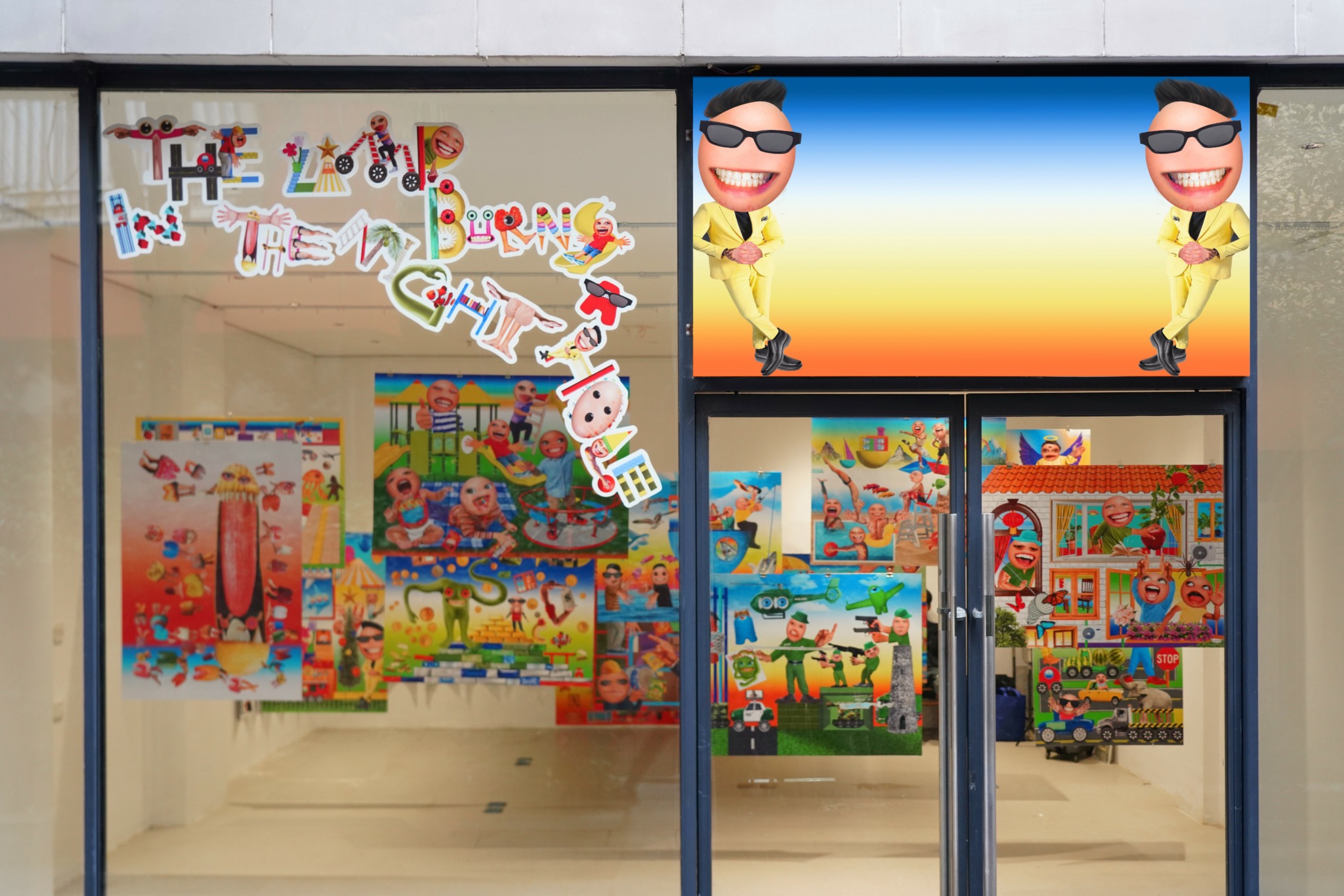
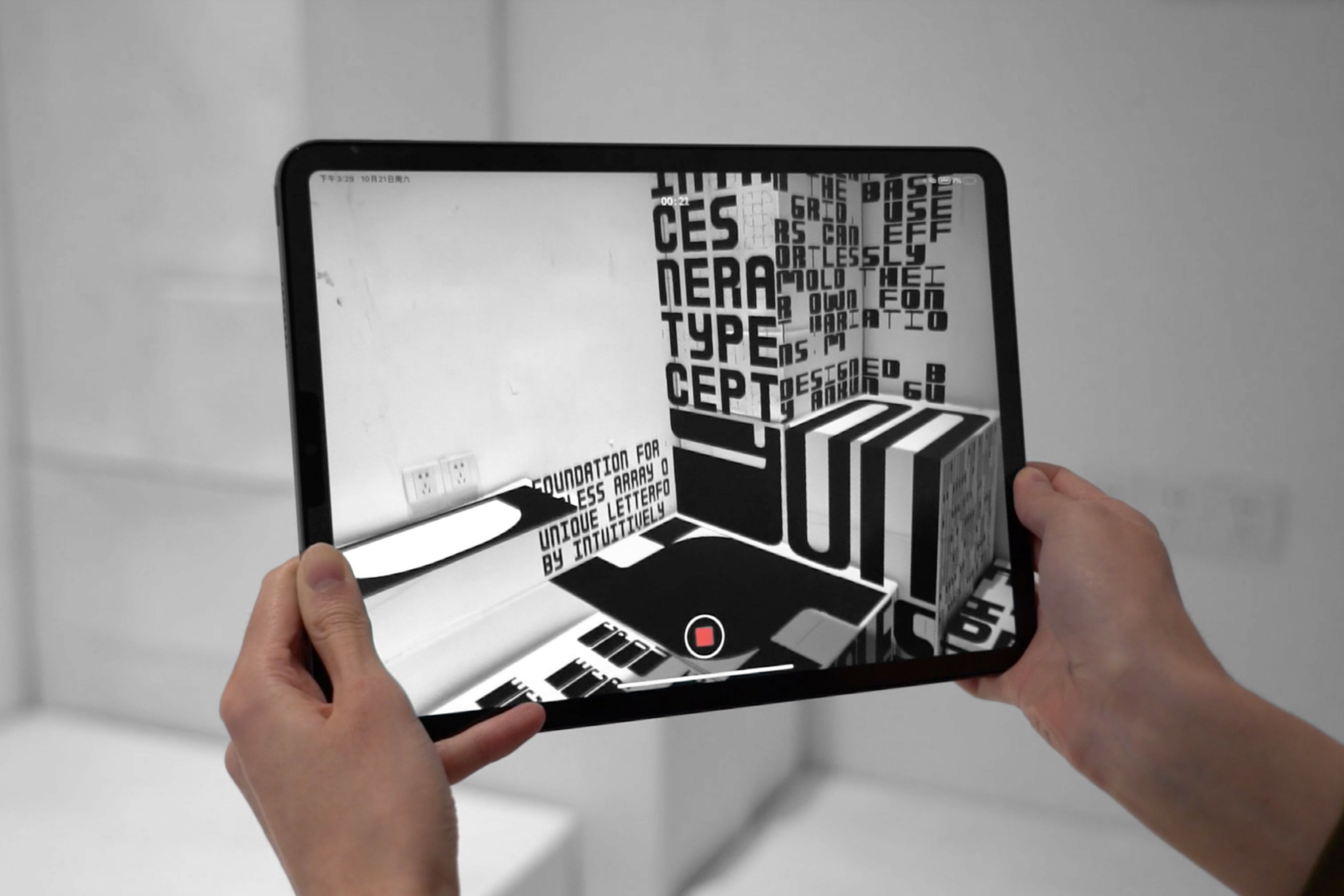
Is there something you think non-creatives will struggle to understand about your journey as a creative?
I find this question quite interesting. There’s essentially no difference between creative and non-creative people—we’re just doing different types of work. Even those who aren’t in creative fields have many experiences that involve creativity, which in turn will enable them to easily relate to others’ experiences. My mom works in finance. Four years ago, when we moved to a new house, she decided to take charge of the interior design. The overall style was similar to Art Deco, and she mixed in some ancient Chinese furniture. The final result was amazing—I even thought it could have been the work of a professional interior designer. Of course, she didn’t really know what Art Deco was, and she said she couldn’t quite explain why she chose this combination, but she felt there was an intuitive visual connection in between.
Having creative experiences isn’t limited to a specific profession or field—it exists in all aspects of life. To some extent, we all use our creativity to improve our lives and solve challenges. The core lies in curiosity and willingness to try new approaches. Working in a creative field simply means amplifying these traits and making them part of your profession. So, I don’t believe there’s an insurmountable divide between us; rather, it’s about applying the same mental abilities in different contexts.
Contact Info:
- Website: https://mankunguo.com/
- Instagram: https://www.instagram.com/mankun_gd/
- Linkedin: https://www.linkedin.com/in/mankunguo/
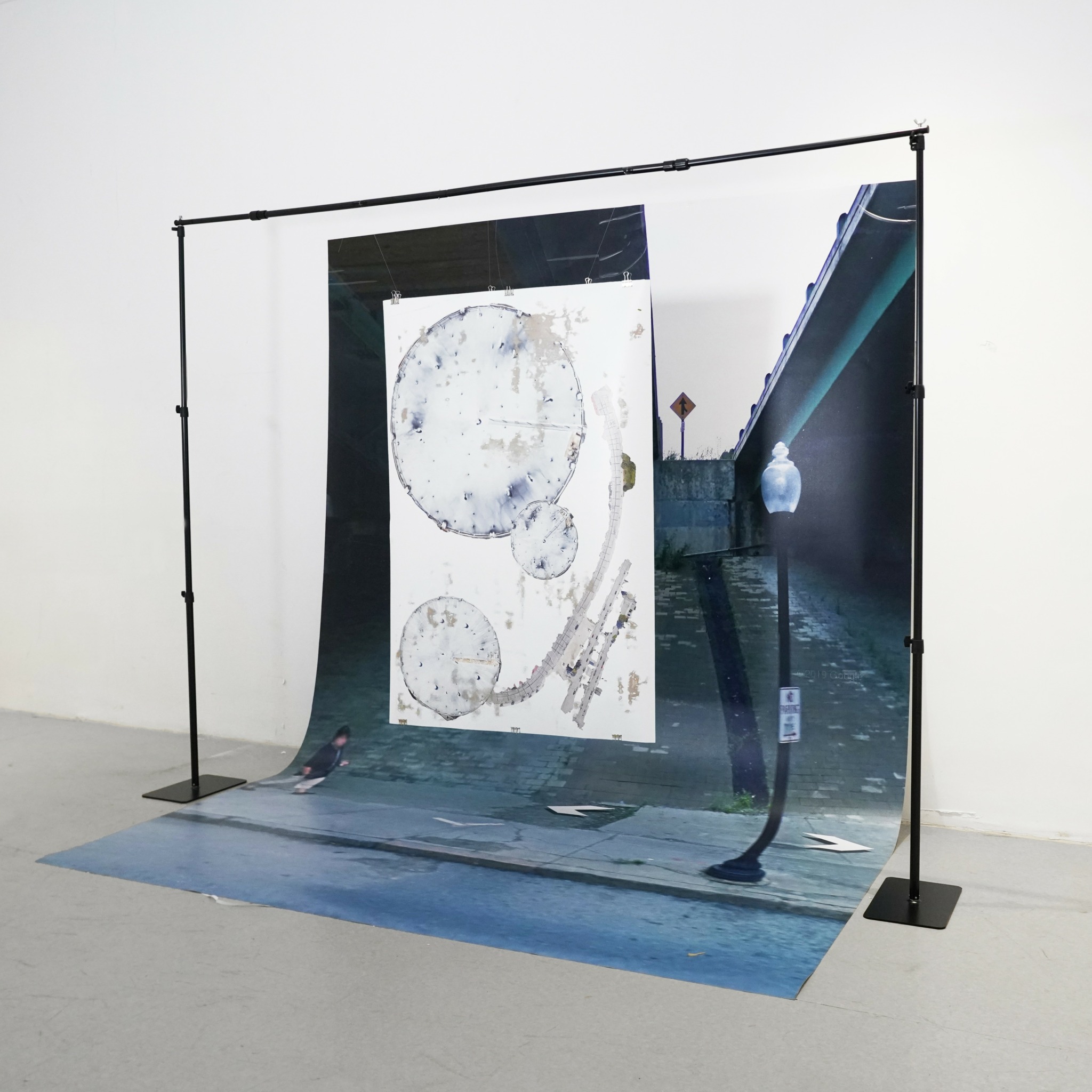

Image Credits
Mankun Guo, Yuanxu Gong


